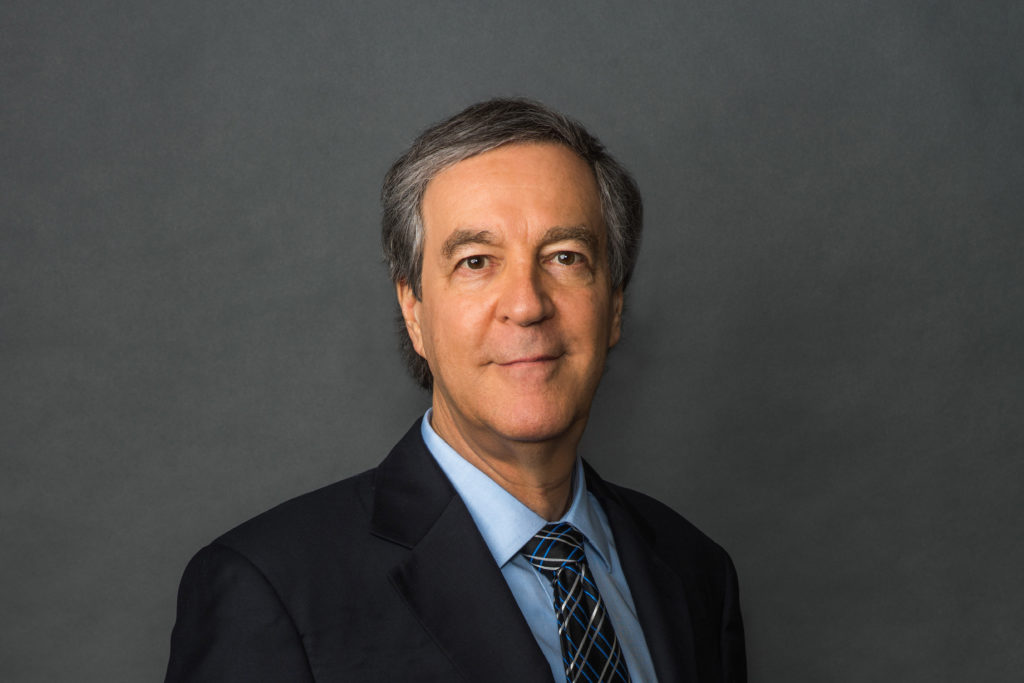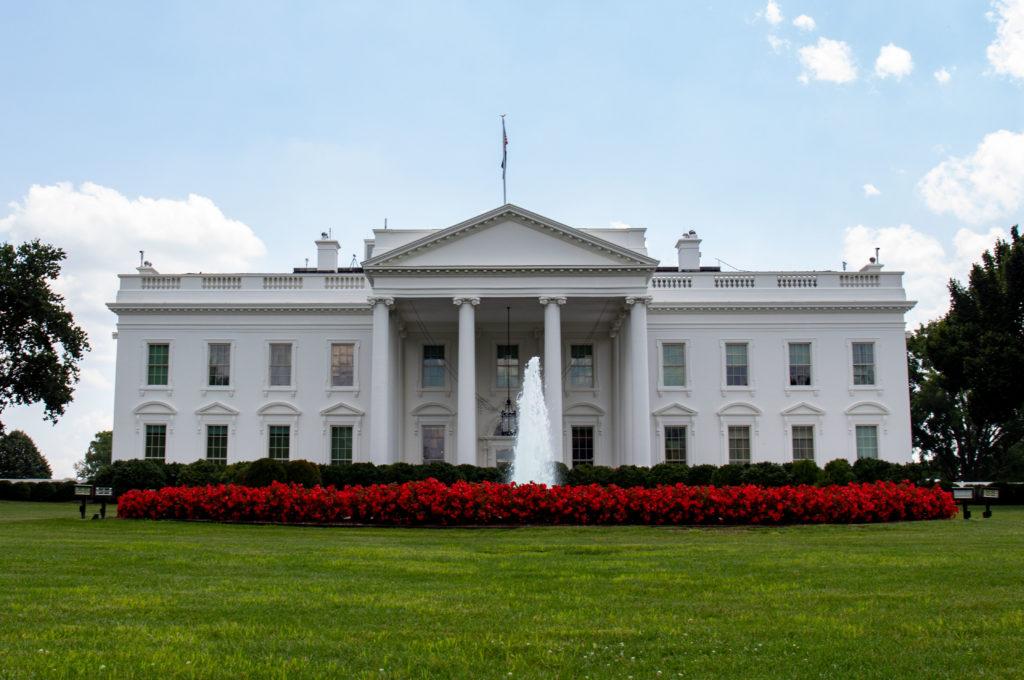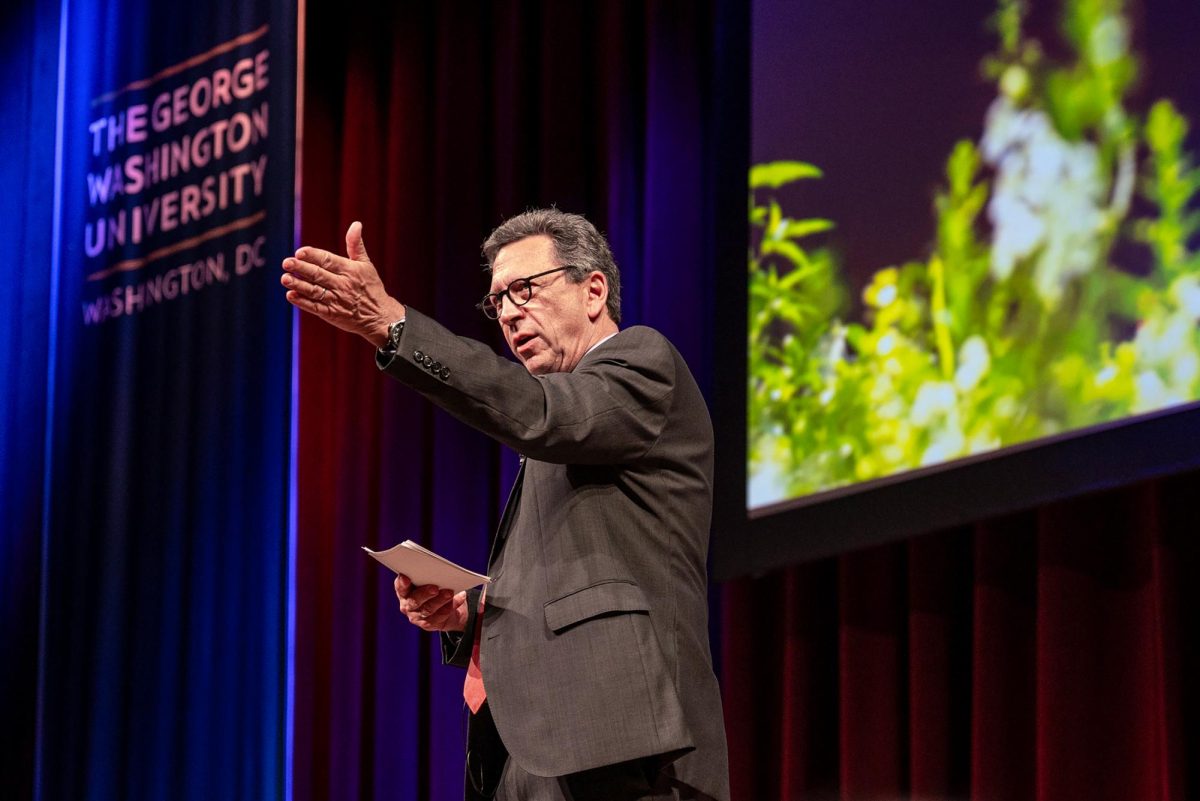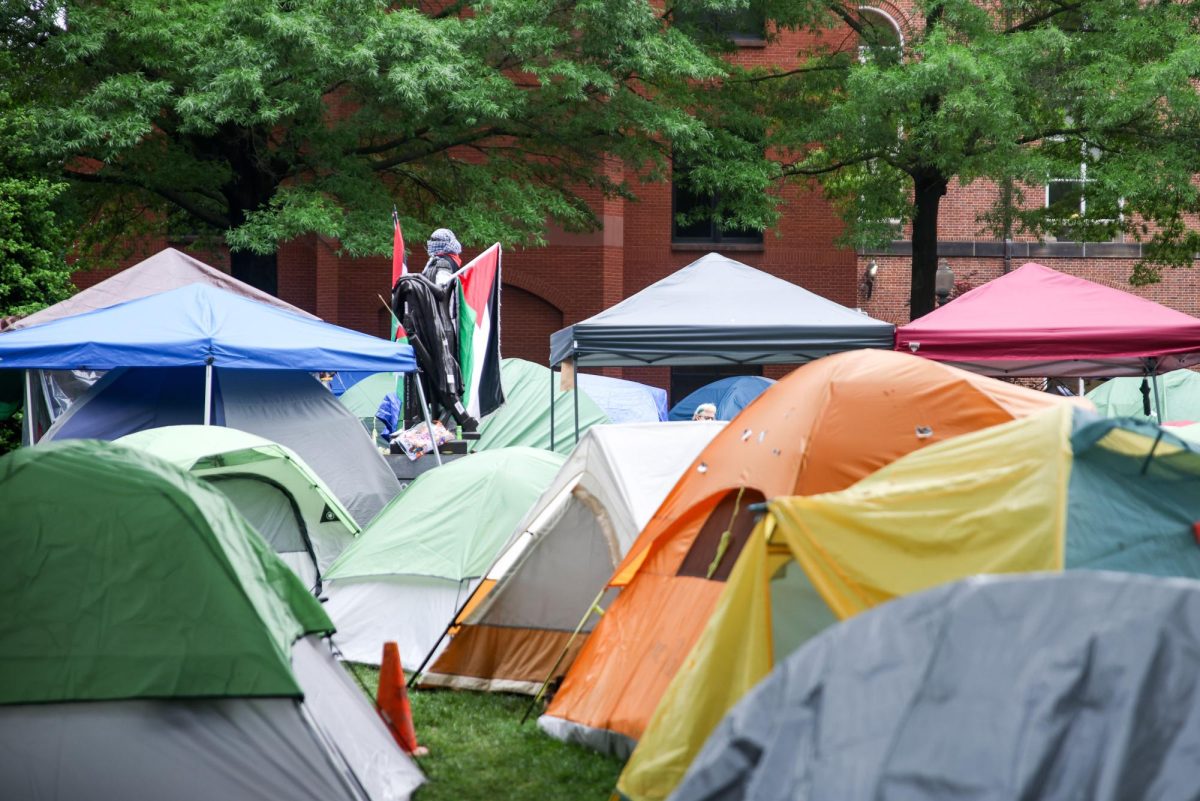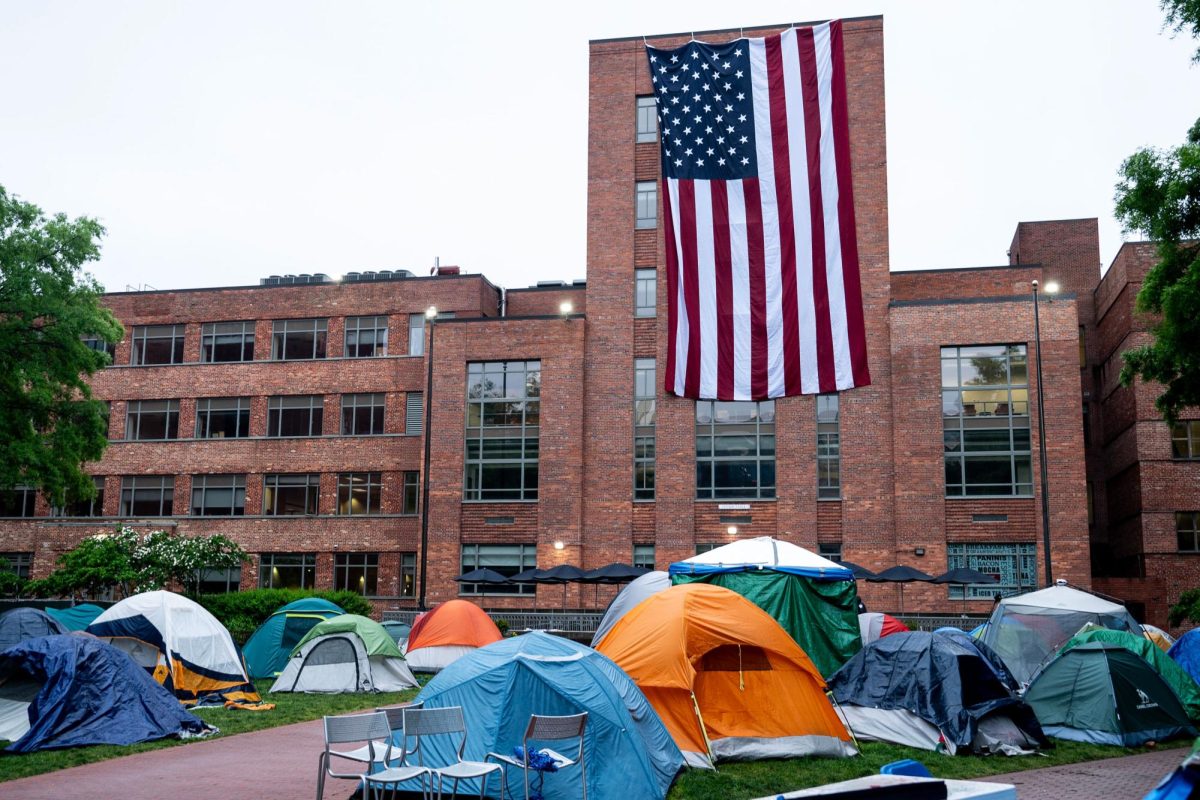The GW Law School’s environmental and energy law program is ringing in its golden jubilee with a series of events throughout this academic year.
The celebration kicked off late last month with an event featuring keynote speaker William Reilly, a former Environmental Protection Agency administrator, and will conclude next fall with a symposium on the future of environmental and energy law. Faculty said the events commemorate the program’s popularity and accomplishments, like helping further the field of environmental law.
The anniversary celebration includes events focused on the two areas of law like guest speakers who worked on “seminal” environmental law cases and conferences and symposia with alumni and current students, according to the program’s website.
Robert Glicksman, a professor of environmental law in the program, said the program’s current focus is to understand what changes those in the field need to make with respect to teaching environmental law to deal with the ongoing problem of climate change.
“Intelligent environmental law and policy decisions are more critical now than they have ever been if the country is going to overcome some significant obstacles to progress that have arisen recently,” he said in an email. “GW Law’s environmental and energy law program is well situated to play a leading role in the debate over how best to provide effective policy solutions to problems such as climate change.”
Glicksman said program members have strengthened research in the area of energy law through their analyses of environmental protection over the past several decades.
“We are doing important research on sustainable energy, microgrids, electric vehicles and rebuilding electricity systems after disasters,” he said.
Glicksman added that the program teaches students the intersection of the law underpinning environmental protection and law governing energy production. He said officials decided to expand the program in 2009 to recognize the value the energy program brings to the law school, bringing the program to its current state with a team of “prolific” faculty.
The program currently offers four foundational courses and more than 30 advanced courses and employs more than 30 faculty members, according to the program’s website.
LeRoy Paddock, the former associate dean for environmental law studies and a professorial lecturer of law, said he has worked in the program since 2007. He said he hopes program faculty continue to produce the volume of high-quality research and publications, like studies on electric vehicles and the role of science in climate litigation, that they have in the past 50 years.
The program was founded in 1970, the same year that the Nixon administration created the EPA in response to ecological disasters like the Cuyahoga River fire in Ohio and the Santa Barbara oil spill in California in 1969.
He said the program has since expanded its course offerings by adding classes on food and agricultural law and oil and gas law, establishing a student-run energy and environmental law journal that publishes three times per year and now holding an annual symposium in March to bring environmental law experts together.
“My hope is that the environmental law program will remain one of the top programs in the country as it has over the past 50 years,” he said in an email.
Donna Attanasio, the senior adviser for energy law, said she was hired to the program in July 2013 to develop the energy law sector of the program. She said she serves as an adviser to students about the career paths they can pursue in this arena and helps them establish relationships with alumni.
Attanasio said program officials recently established an alumni club called “Energy Connectors” that involves a speaker series and networking opportunities to strengthen the program’s alumni network and ties to current students. She would like the network to grow in the next 50 years by involving more alumni as mentors to help students with their transition to the workforce.
She said increasing numbers of students have expressed interest in the program over time in her experience, and the program continues to be the reason some students apply to and commit to the law school.
“Often students don’t come to an appreciation for this field until they’ve graduated,” Attanasio said. “Here at GW, I’m seeing students that are interested in this field before they get here, and they come here because of it.”
She said the field is “critical” because the intersection of the environment and energy drives the economy and concerns the fate of the Earth’s ecosystem.
Attanasio said she hopes to see more cross-disciplinary work in the future, like increased partnership between law students and students from other fields like engineering and business.
“I really would like to see our law students working with students from other schools, because that’s how the real world works,” she said.


